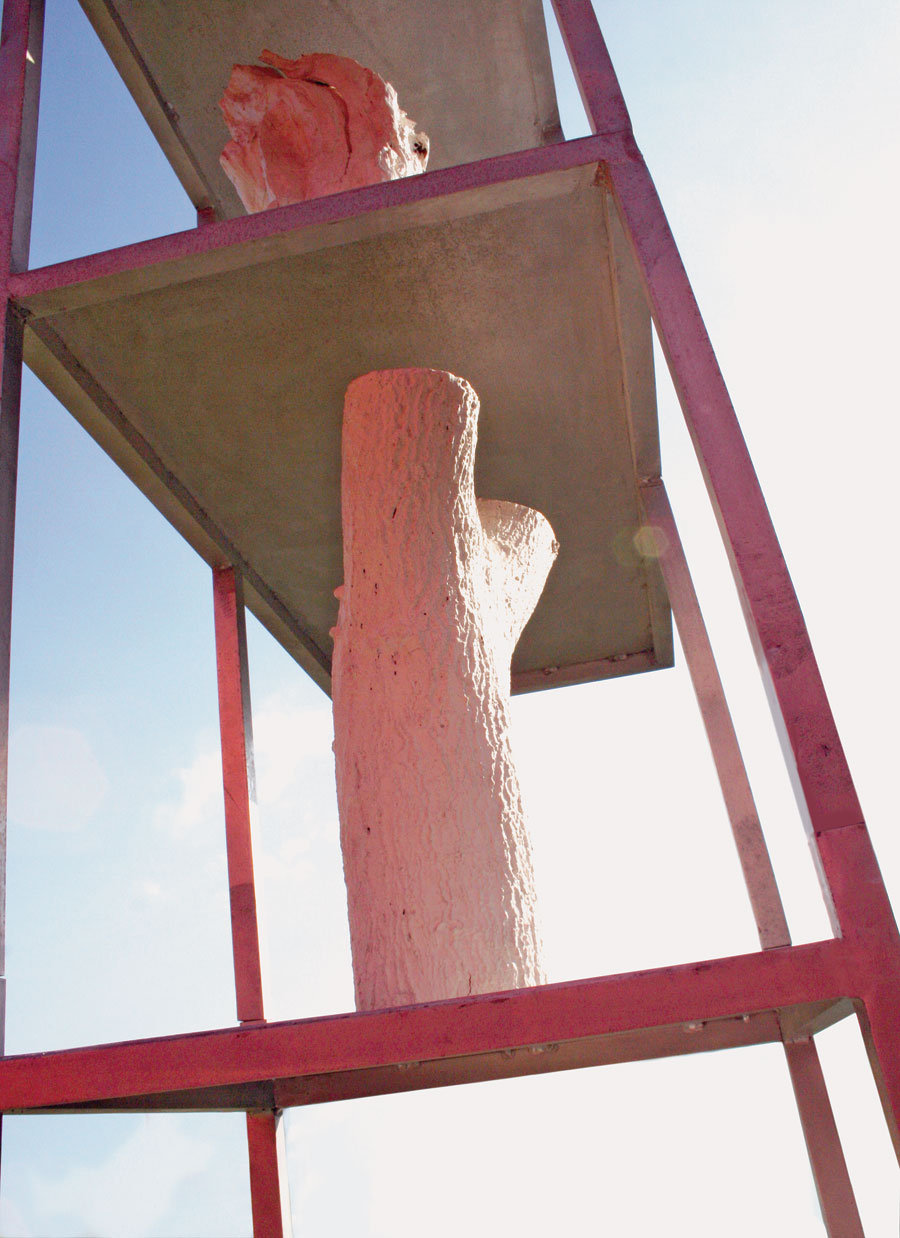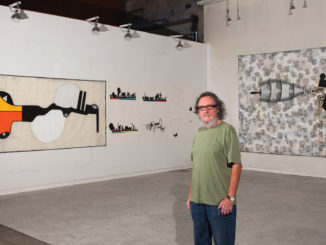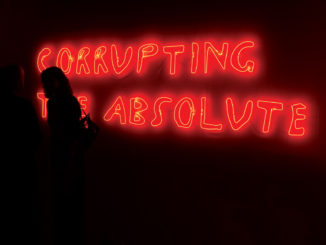
Everything today is “Green”; everyone seems to be concerned with the depletion of our natural resources, deforestation, offshore drilling, and recycling, right? Wrong! This is how it seems to most of us; we are under the impression that the problem is “being taken care of”, while the reality is that not everyone is concerned with our planet’s well-being and the conservation of our resources. The truth is that it is only a small part of our population that is taking action and trying to save the earth. This productive minority needs more help than ever. A planet whose resources have been almost exhausted by a consumer based population and economy will not restore itself. In an effort to help, “Go green!” endorsements, efforts from the fashion industries, music industries, and political candidates are promoting environmental issues and bringing awareness to our dying planet each day through different mediums. Cuban born artist Florencio Gelabert is a part of this group of motivators and manifests his concern through his new exhibit, Intersections.
The Patricia and Phillip Frost Art Museum presents Intersections through February 28th 2009. This new institution, designed by internationally recognized architect Yann Weymouth of Hellmuth Obata + Kassabaum, promises to become an essential part of Miami’s growing arts community representing and exhibiting the work of established artists like Gelabert. In this exhibition, composed of two large-scale sculptures, “Birth” (2008) and “Column Tree” (2008), a video loop “Cycle” (2008), pieces ranging from 1983 to the present, and an accompanying essay written by art critic/historian Francine Birbragher, the artist communicates his feelings on the importance of the interdependence of humans and nature. In “Birth”, for example, Gelabert combines plastic and other non-organic materials to imitate plant-life. Purposely reminiscent of a uterus, through its suggestive title, “Birth” represents the struggle of plant life as it grows and breaks through a concrete wall and communicates the idea of the sometimes-underestimated strength of nature. In “Cycle”, Gelabert’s installation of media-video, a waterfall and landscape of the artists own creation is in constant replay as white organic element, perhaps representative of a desired surrender falls and fills the screen continuously.
Gelabert’s work has been very well received throughout the many years of his career. His work has been a constant in the art scene, and has been exhibited in venues such as The Museum of Art in Fort Lauderdale in 1997, followed by a Latin-American tour exhibition, organized by Museo de Arte Contemporáneo of Panama City, Panama, and then exhibited at Museo Jacobo Borges in Caracas, Venezuela from 1998 to 1999. More recently, Gelabert’s work has formed part of international and public collections such as The MoCA of North Miami, FL, The Museum of Fine Art in Santa Fe, New Mexico, and The Cisneros Collection, in Caracas, Venezuela. “Column Tree”, a large sculpture from Interactions, was recently displayed at Florida International University’s Biscayne Bay Campus critically acclaimed sculpture garden in North Miami.



Be the first to comment